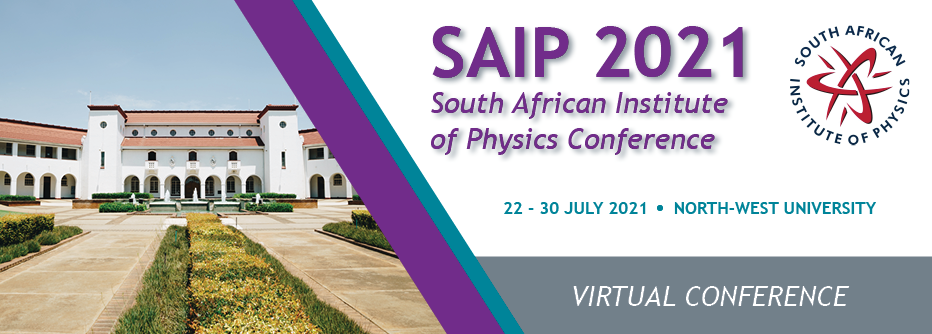Speaker
Description
Abstract
This study’s aim was to determine the gamma activity concentration of NORM of (238U, 234U, 235U and 232Th); the gross alpha and gross beta activity concentration; estimation of absorbed dose rate; annual ingestion dose rate and the excess lifetime cancer risk (ELCR) in fruits and vegetables collected from Hartbeespoort, Mahikeng, and Pretoria markets. The measured results will help the regulators to formulate guidelines and regulations to ensure that fruits and vegetables were safe for human consumption. For this purpose, the agricultural sample types: 4 fruits and 7 vegetables were collected. The samples were prepared and analysed at the South African Nuclear Energy Corporation (Necsa) RadioAnalysis Laboratory using different techniques. Gross alpha and gross beta activity concentration measurements were performed using the Oxford series 5 proportional gas-flow counter in fruit and vegetables. The neutron activation analysis (NNA) was used to identify naturally occurring radioactive materials (NORMs) in fruits and vegetables using a combination of high-resolution gamma-ray spectrometry and a high purity germanium HPGe) detector. The study also showed that the gross alpha and gross beta activity concentrations obtained were higher than WHO reference of 0.1 Bq.g-1 and 1.0 Bq.g-1, respectively [1]. The activity concentrations of 238U, 234U and 232Th in fruits and vegetables were lower than the world values of 35 Bq.kg-1 and 30 Bq.kg-1 [2]. The calculated absorbed dose rates from this study were lower than the world safety limit of 59 nGyh-1 [3]. The current study showed lower annual ingestion doses of 238U and 232Th which are lower than the world annual ingestion dose of 290 µSv.y-1 [2] and the recommended values of 250-400 µSv.y-1 [4]. The calculated excess lifetime cancer risk in fruits and vegetables from Hartbeespoort, Mahikeng and Pretoria were lower than the world safety limit of 2.9 × 10−4 mSv.y-1 [2]. Therefore, it can be concluded that consumption of fruits and vegetables from Hartbeespoort, Mahikeng and Pretoria markets may not pose any health threats.
Keywords: Fruits and vegetables; activity concentration; neutron activation analysis; high-resolution gamma-ray spectrometry; Excess Lifetime Cancer Risk
References
1. WHO (2008). Guidelines for drinking water quality and other screening levels of various categories of foods. 6th ed.World Health Organization, Geneva, Switzerland.
2. UNSCEAR (2000). Effects of ionizing radiation: 2000 report to the general assembly, with scientific annexes (Vol. I). Effects. United Nations, New York.
3. ICRP (1993). International Commission of Radiological Protection ICRP Publication 65, Annals of the ICRP (23). Pergamon Press, Oxford.
4. WHO (2011). International Food Safety Authorities Network, Information on Nuclear Accidents and Radioactive Contamination of Foods. 20 Avenue Appia Vol. 30. World Health Organization, 1211 Geneva 27, Switzerland, pp.159-165.
Apply to be considered for a student ; award (Yes / No)?
Yes
Level for award;(Hons, MSc, PhD, N/A)?
MSc

